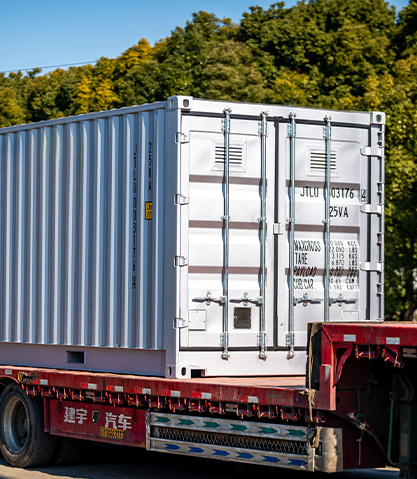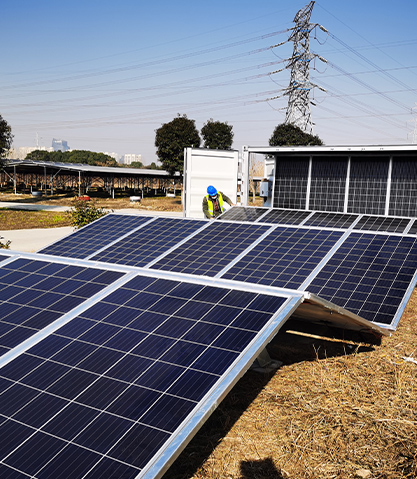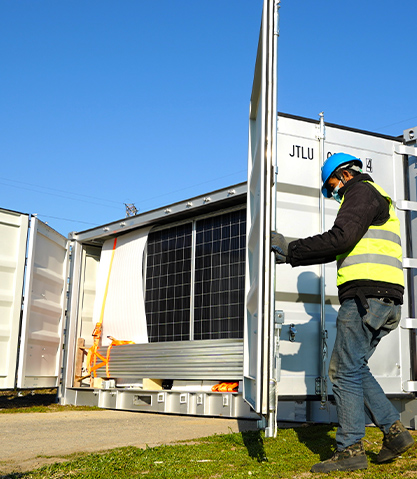The solar power container is engineered specifically for rapid deployment in remote or emergency-response environments, where time, accessibility, and reliability are critical factors. Its design focuses on modularity, portability, and resilience to meet the urgent power demands of off-grid scenarios.
To begin with, the system is pre-assembled within a standard ISO container frame, which allows for seamless transportation using existing logistics infrastructure—whether by truck, ship, or helicopter lift. All core components, including solar panels, inverters, charge controllers, battery banks, and energy management systems, are factory-integrated and tested prior to shipping. This eliminates the need for time-consuming on-site integration and significantly reduces the margin for installation errors in the field.
In terms of physical setup, many solar power containers feature foldable or slide-out photovoltaic panel arrays that can be deployed manually or hydraulically within minutes of arriving on site. These systems are designed to be operable without the use of cranes or heavy machinery, making them ideal for areas with limited infrastructure or rough terrain. Adjustable mounts and leveling feet further allow the unit to stabilize on uneven ground, ensuring optimal panel orientation and safety.

Battery storage is typically housed within the container itself, providing a compact and weatherproof solution for energy buffering. Advanced lithium-ion or lithium iron phosphate (LiFePO₄) batteries are often used due to their high energy density, long cycle life, and reliability in variable temperatures. In emergency-response settings, this energy storage is crucial for maintaining uninterrupted power supply during nighttime or low-sunlight periods.
The container also includes a smart control unit that enables remote monitoring and automated system management. This functionality allows operators to activate, monitor, and troubleshoot the system via satellite or mobile network connectivity, often without requiring a specialist on-site. This remote capability is particularly valuable during disaster relief operations where skilled personnel may not be immediately available.
Additionally, the entire structure is built to withstand harsh environmental conditions, such as high humidity, sandstorms, heavy rainfall, and extreme temperatures. Corrosion-resistant materials, thermal insulation, and protective coatings are standard features that ensure long-term durability. Surge protection, fire suppression systems, and circuit isolation mechanisms are often included to enhance operational safety.

 English
English 中文简体
中文简体 عربى
عربى



